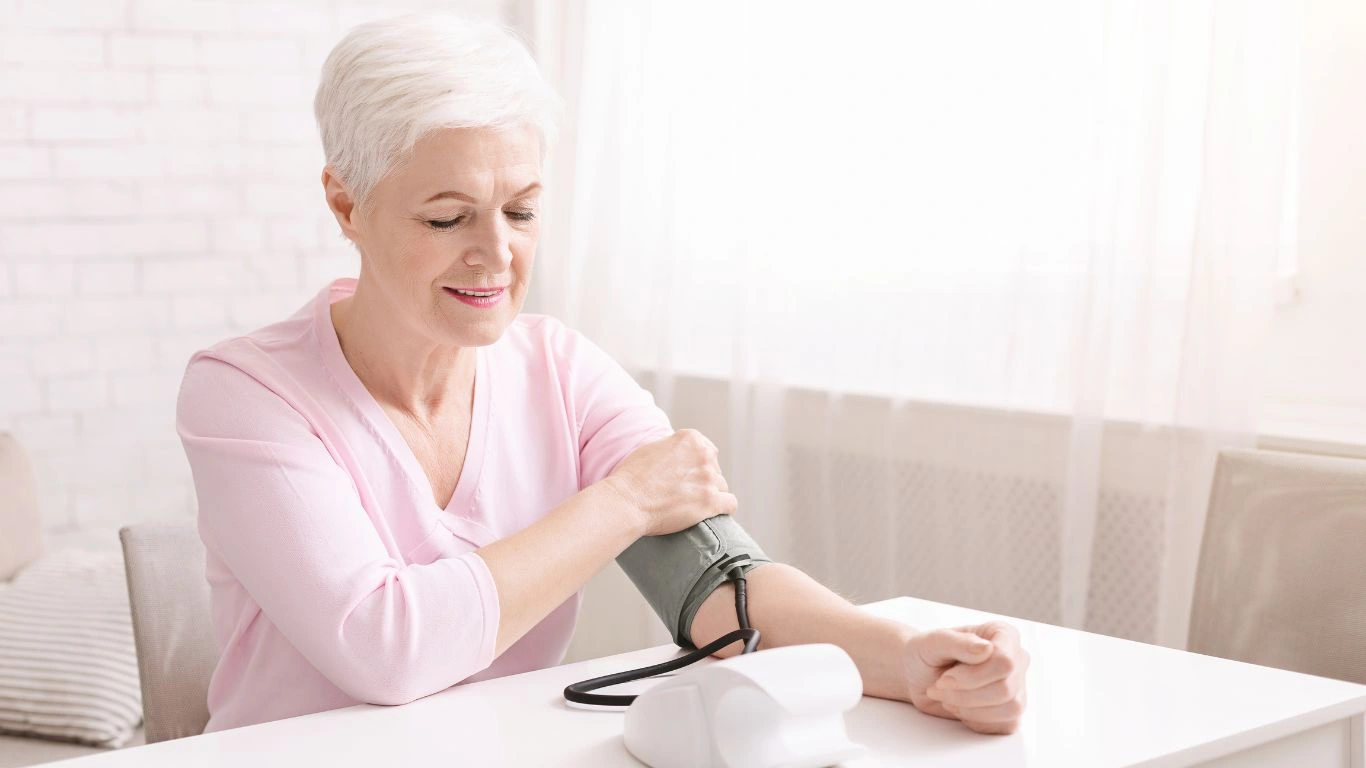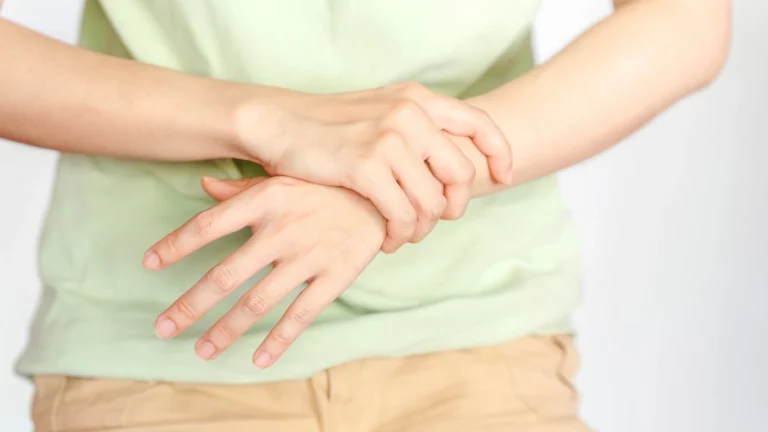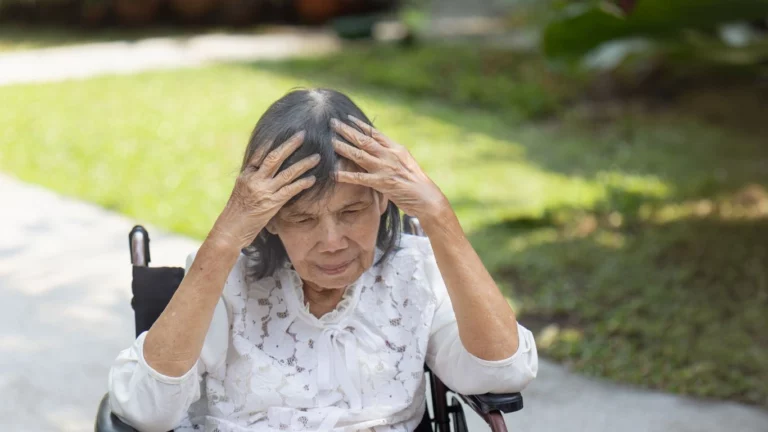How to Measure Blood Pressure Without Equipment: Simple & Accurate Tips
If you’ve ever found yourself wondering how to measure blood pressure without equipment, you’re definitely not alone. I’ve had countless patients bring this up in clinic—especially during those chaotic holiday seasons, unexpected road trips, or times when their home BP monitor decides to play dead. And honestly, it’s a fair question. While a cuff is the gold standard, there are surprisingly effective ways to get a rough idea of where your blood pressure might be—even without a stethoscope or fancy digital gadgets. As an internal medicine physician who’s worked extensively with hypertension management, I’ve learned a few clinical tricks that anyone can adapt at home. So, let’s talk about tuning into the body’s natural signals.
Can You Really Measure Blood Pressure Without a Machine?

Let me be clear upfront—you’re not going to get an exact systolic/diastolic reading without equipment. But can you estimate whether your blood pressure is high, low, or within a reasonable range? Absolutely. Back in med school, we learned how to eyeball hypotension or hypertension using signs from physical exam alone, and that skill has come in handy more often than you’d think—especially in low-resource settings. And those same principles can be adapted into everyday scenarios.
So yes, while you won’t be reporting a precise “120 over 80” reading from your living room sofa without a BP cuff, you can still gauge if something feels off—and know when it’s time to take action.
Why You Might Need to Estimate Blood Pressure Manually

- Forgotten monitor while traveling
- Batteries died (always at the worst time, right?)
- No access to medical tools in an emergency
- Want to check on a loved one without causing anxiety
- General curiosity about how your body responds to stress or exercise
I had one patient—let’s call her Maria—who swore her blood pressure spiked every time her teenage son got behind the wheel. She didn’t always have her monitor handy, but she learned to spot the clues that her body gave her. It wasn’t scientific, but it was enough to help her recognize patterns and talk to me about adjusting her meds. That’s the kind of real-world insight that can make a difference.
How to Measure Blood Pressure Without Equipment: Tuning Into Your Body
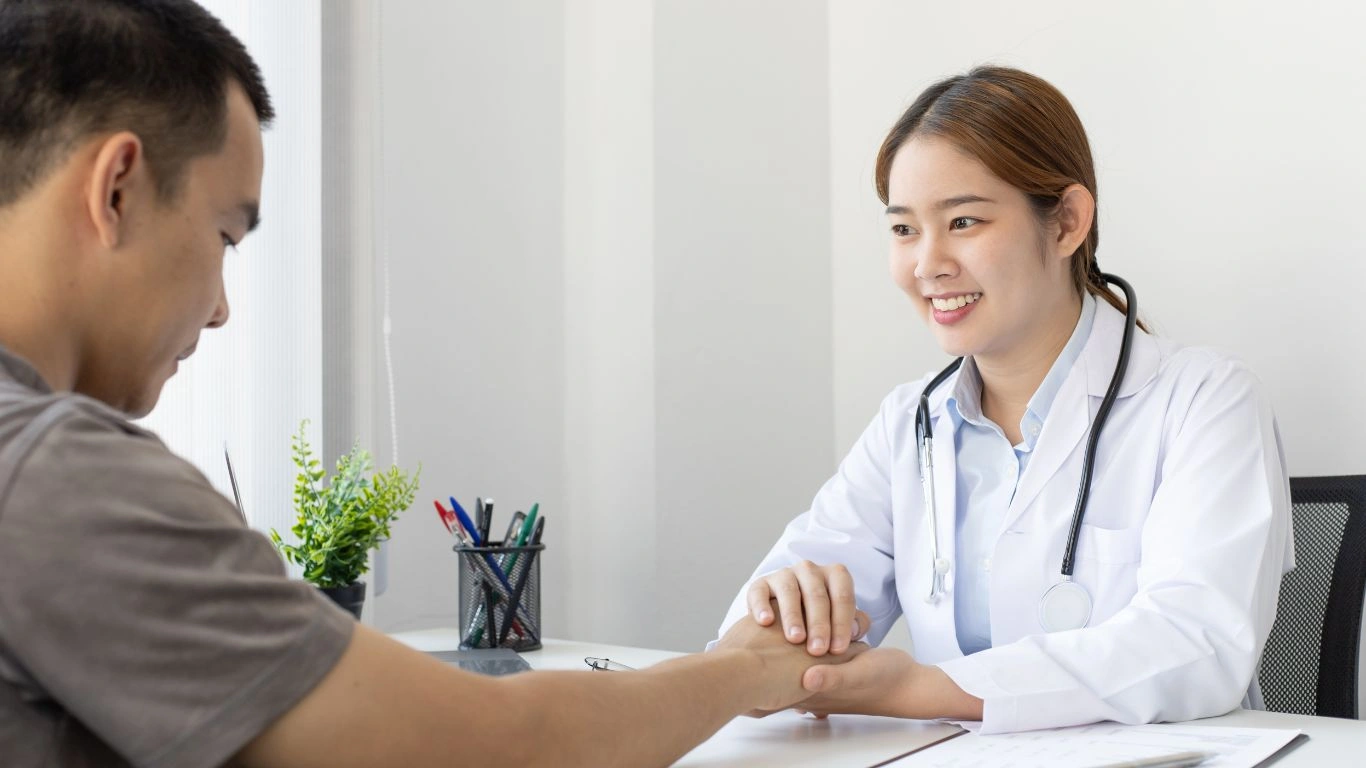
1. Pay Attention to Symptoms
This is your body’s built-in warning system. Elevated blood pressure doesn’t always cause symptoms, but when it does, you might notice:
- Pounding headache (especially in the morning or back of the head)
- Dizziness or lightheadedness
- Blurred vision
- Chest discomfort or tightness
- Shortness of breath
- Fatigue or confusion
Low blood pressure, on the other hand, tends to show up as:
- Fainting or near-fainting
- Cold, clammy skin
- Rapid, shallow breathing
- Blurred vision (yep, it’s on both lists!)
Now, symptoms aren’t perfect. Some folks with dangerously high blood pressure feel totally fine—what we call the “silent killer” effect. But for many, symptoms can serve as the first clue.
2. Use the Pulse Check Method
One of the oldest tricks in the book. This doesn’t give you a full BP picture, but it can offer helpful clues:
- Find your radial pulse (on the thumb side of your wrist).
- Use your index and middle finger to feel the rhythm.
- Is it strong and steady? Or weak and thready?
A strong, bounding pulse might suggest elevated blood pressure, especially if you’re feeling anxious, flushed, or tense. A weak, rapid pulse could be a sign of hypotension. Again, it’s not definitive—but it’s a useful check-in when equipment isn’t available.
3. Capillary Refill Time (CRT)
This one’s used a lot in emergency medicine. It’s easy and surprisingly telling.
- Press down firmly on the nail bed of one finger until it turns white.
- Release and count how long it takes for color to return.
If it takes more than 2 seconds, that could mean your blood pressure is low or your circulation isn’t great. Not super precise, but another data point in your DIY toolkit.
4. Look at Your Veins
This one’s a bit more advanced, but it’s something I’ve used during hospital rounds when we didn’t have immediate cuff readings. If your neck veins (jugular veins) are visibly distended while you’re sitting upright, it may point toward high central venous pressure—common in hypertensive or fluid-overloaded states.
Obviously, don’t go chasing neck veins in the mirror like a Grey’s Anatomy extra, but if someone points it out or you catch it while grooming, it might be worth paying attention.
5. Breathing and Chest Clues
People with high blood pressure may breathe more rapidly or experience tightness in the chest. Shortness of breath without exertion is a potential red flag. Similarly, those with low pressure may feel like they can’t catch a full breath or feel unusually fatigued even at rest.
These aren’t substitutes for hard numbers, but I always say—if you’re listening to your body, you’re already ahead of the game.
What Your Lifestyle Habits Might Be Telling You About Your Blood Pressure
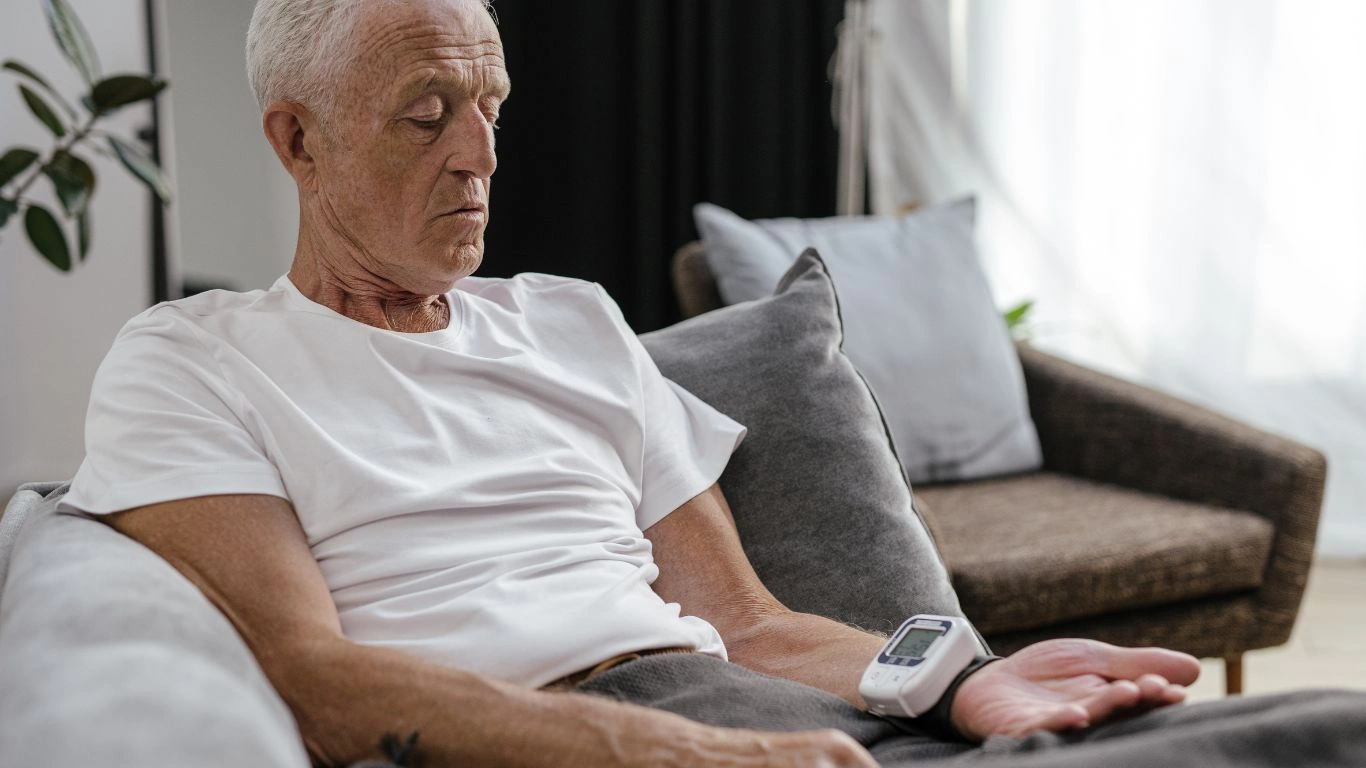
One thing I’ve learned from years in hypertension management is that the body loves routine—but it also loves to rebel when something’s off. If you’re trying to figure out how to measure blood pressure without equipment, observing your daily habits can give you some important context.
For instance, I had a patient—let’s call him Dave—who never noticed his pressure was creeping up until his sleep started falling apart. Suddenly, he was tossing and turning, waking up with headaches, and snapping at coworkers. It turned out his BP had silently climbed into the 160s systolic range. No obvious symptoms… until his daily life started changing.
Look for Disruptions in Sleep
Poor sleep, especially waking up frequently or snoring loudly (hello, sleep apnea), can be a big clue that blood pressure is elevated—especially if you’re also waking up with headaches or a pounding heart.
Notice Patterns of Fatigue or Brain Fog
Low or fluctuating BP often shows up as brain fog, general sluggishness, or afternoon crashes. If you’re eating well and sleeping enough but still dragging, it might be your body’s quiet SOS signal.
Monitor Mood Swings or Anxiety Spikes
Emotional health and blood pressure are more connected than most people think. Stress hormones like cortisol and adrenaline affect vascular tone. If you’re noticing mood swings or anxiety for seemingly no reason, your BP could be along for the ride.
I always tell my patients: Don’t underestimate how much your body is trying to talk to you. You just have to learn its language.
DIY Tips to Keep Your Blood Pressure in Check Between Readings
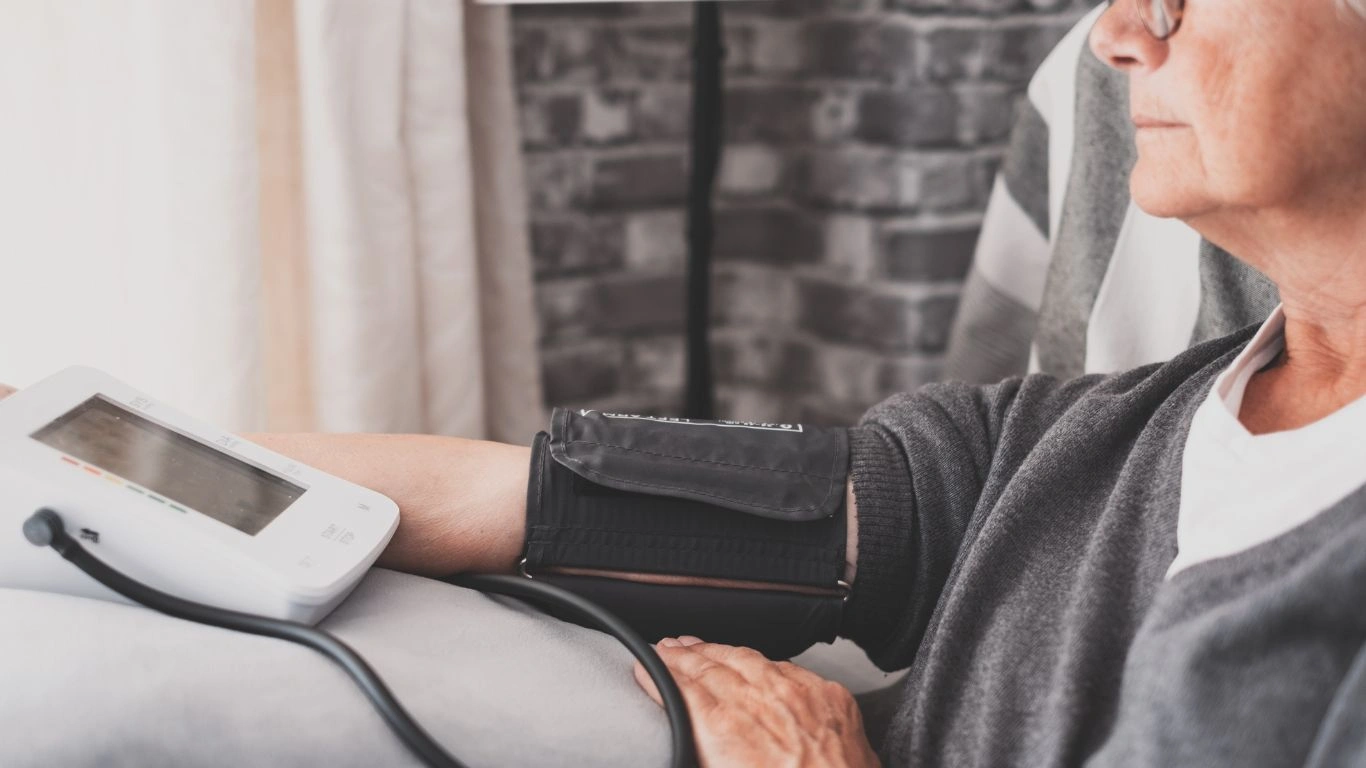
Even without a machine, you’re not powerless. There are everyday things you can do that help manage and even lower your blood pressure naturally. And the beauty of it? These strategies also help you become more in tune with what your blood pressure is doing moment to moment.
1. Master the Art of Deep Breathing
Slow, controlled breathing—especially diaphragmatic breathing—can help dial down the nervous system. Try inhaling for 4 seconds, holding for 7, and exhaling slowly for 8. This calms the vagus nerve and encourages blood vessels to relax. I’ve used this technique myself between patient consults during busy clinic days. It works.
2. Stay Hydrated (But Smartly)
Dehydration can cause your blood pressure to dip, especially if you’ve been sweating, working out, or just haven’t had enough fluids. On the flip side, chugging too much water too fast can strain the kidneys. So aim for consistent hydration throughout the day. Your skin, energy, and blood pressure will thank you.
3. Avoid the “Salty Surprise”
You’d be shocked how much sodium sneaks into food—especially frozen meals, sauces, and “healthy” snacks. I tell folks to think of sodium like sneaky glitter. It gets everywhere and it’s hard to clean up. Check labels and stay mindful. Your arteries will breathe easier.
4. Move, Even a Little
You don’t need a full gym session. Just standing up, stretching, walking around the house, or taking a brisk 10-minute stroll after meals can help with postprandial blood pressure spikes. I even recommend calf raises while brushing your teeth—hey, multitasking for health!
5. Cut the “Silent Stimulants”
Caffeine, nicotine, and even some over-the-counter cold meds can sneakily raise BP. If you’re estimating your numbers based on symptoms, be aware that these can cause misleading spikes. Especially if you’ve had three cups of coffee and wonder why your heart feels like a drum solo.
When to Take Your Symptoms Seriously
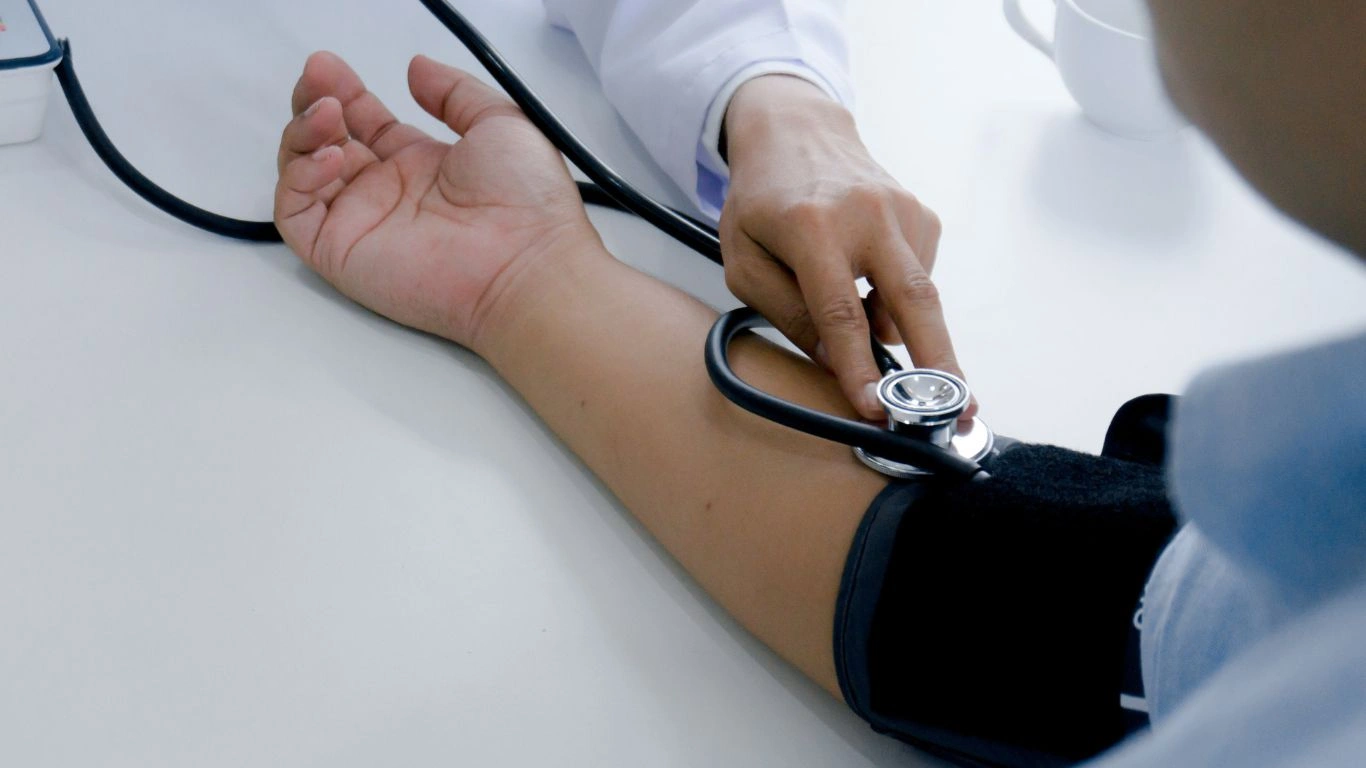
Here’s where clinical judgment really matters. As much as I want you to feel confident reading your body’s signals, I also want you to know when it’s time to step away from DIY and see a pro.
Red Flags That Require Immediate Medical Attention:
- Sudden, severe headache (especially if it feels different from usual)
- Chest pain or pressure that lasts more than a few minutes
- Sudden numbness or weakness on one side of the body
- Slurred speech or trouble understanding words
- Vision loss or dramatic blurring
- Shortness of breath that comes on suddenly, even at rest
If you’re experiencing any of the above, skip the self-assessment and head to urgent care or call 911. No amount of deep breathing will undo a stroke or cardiac event. And trust me—I’d rather see you early and tell you it’s nothing than have you tough it out and risk a crisis.
Don’t Let “Normal” Mislead You
I’ve had patients with blood pressures over 180/110 who felt fine. No dizziness, no pain, no drama. That’s why regular monitoring is so important, especially if you have a history of hypertension. Just because you feel okay doesn’t always mean your numbers are okay.
Still, your body does often try to tell you what’s up. When you really learn to listen—through your pulse, your breath, your habits, and your moods—you start picking up on early whispers before they turn into alarms.
Simple Tracking Habits That Build Blood Pressure Awareness

Even without a cuff, there’s a lot you can do to build self-awareness around your blood pressure trends. In fact, some of the best hypertension management I’ve seen has come from patients who got proactive and started connecting the dots between what they were feeling and what was likely happening inside their bodies.
I always tell people—don’t wait for a doctor’s visit to start observing. What you notice in your day-to-day life is incredibly valuable. Here’s how to tap into that:
Start a “Blood Pressure Journal”
No fancy apps needed (though we’ll talk about those in a bit). Just grab a notebook—or use the notes app on your phone—and jot down:
- How you feel physically (e.g., tired, lightheaded, anxious, energized)
- Pulse observations (strong? fast? faint?)
- Sleep quality and any changes
- Hydration, caffeine, salt intake
- Stress levels and emotional state
Over time, you might see patterns—maybe your pressure spikes on deadline days, or dips when you’ve skipped meals. These clues are gold when we’re adjusting meds or working on lifestyle changes together.
Use Color-Coded Cues
A little old-school, but some of my patients like assigning a “color” to their daily BP status—red for high-symptom days, yellow for maybe-something’s-off, and green for normal-feeling days. It helps you build a visual pattern without getting overwhelmed by numbers.
Can Technology Help Without a Blood Pressure Cuff?
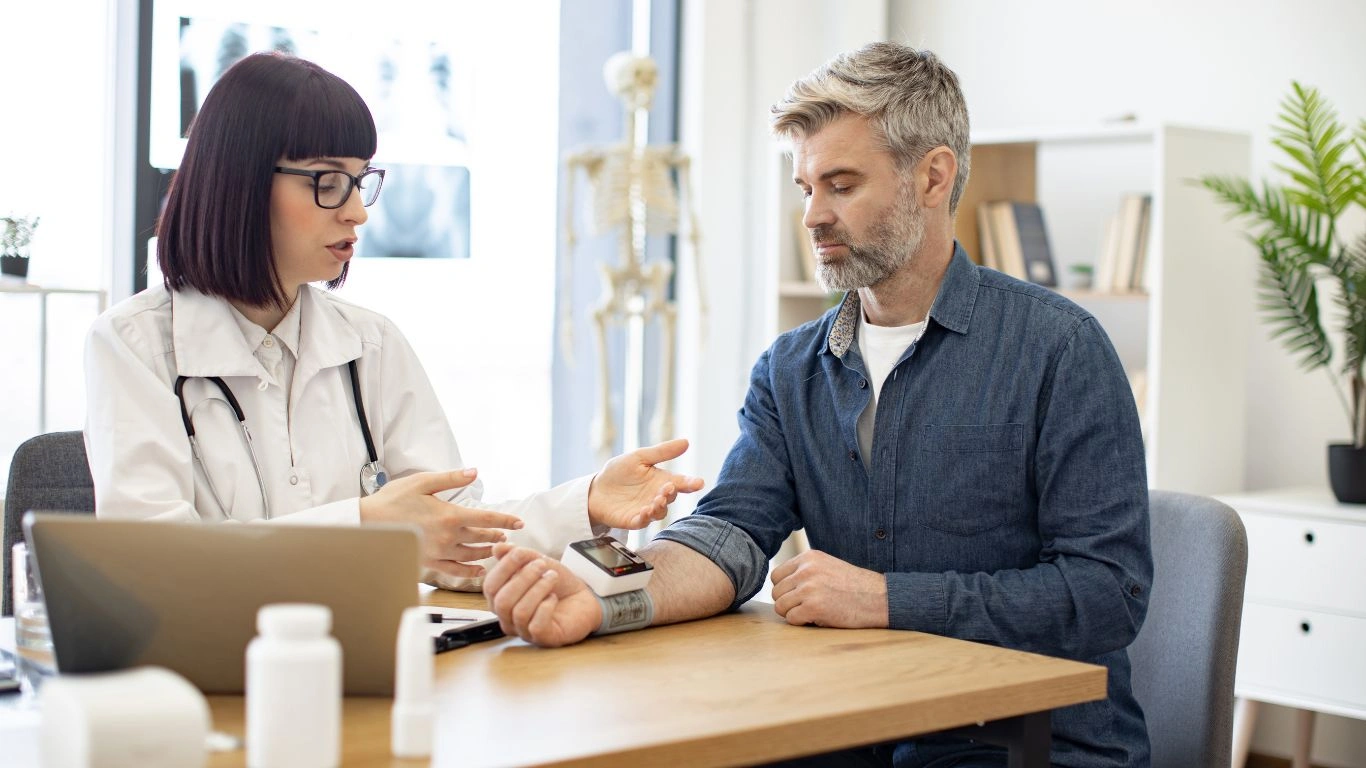
Absolutely—though with a small asterisk. Tech can’t replace a proper sphygmomanometer (that’s your classic BP cuff), but it can provide helpful supporting data. Here’s what’s worth checking out:
1. Smartwatches and Fitness Trackers
Many wearables like Apple Watch, Fitbit, and Samsung Galaxy Watch can give you continuous heart rate monitoring. Some even estimate blood pressure based on pulse wave analysis, though the accuracy is still developing. What’s useful is that they flag trends—like sustained elevated pulse, or stress detection through heart rate variability.
One of my patients noticed her Fitbit was showing elevated heart rates in the evening—even though she felt “fine.” When we checked her actual BP in clinic, she was consistently 145/95 after dinner. That subtle heads-up helped us tweak her evening routine and med timing.
2. Phone-Based Apps
There are several apps that claim to estimate blood pressure using your phone camera and flashlight. Some are more entertainment than science, but a few (like Samsung Health or Welltory) can offer useful ballpark readings if used consistently. Always take them with a grain of salt—don’t let an app be your only source of truth.
3. Voice Journaling or Symptom Trackers
If writing stuff down isn’t your thing, consider using a voice notes app or symptom tracker. Some even let you tag your mood, meals, and physical symptoms in real time. Just five minutes of daily input can create a valuable snapshot of your body’s patterns.
Community & Clinical Resources That Can Help
If you’re managing blood pressure without equipment, you shouldn’t have to go it alone. There are some great community and clinical options that offer free or low-cost support:
- Pharmacy BP stations: Many local pharmacies offer free self-serve BP monitors you can use weekly. Pop in while grabbing groceries.
- Fire stations: Some will do basic BP checks, especially for seniors or people with chronic health needs. It’s worth calling ahead.
- Community health clinics: If you’re uninsured or underinsured, look into local clinics. Many offer wellness visits that include BP screenings.
- Churches and senior centers: I’ve partnered with a few in the past to run BP education events. These grassroots options are surprisingly helpful—and welcoming.
One of my favorite programs was a “Know Your Numbers” event we did at a local rec center. We taught people how to check their pulse, recognize symptoms, and use BP journals. The turnout was amazing—and the conversations that came out of it were even better.
Final Thoughts: You’re the Expert of Your Own Body
Whether you’re trying to keep tabs on existing hypertension or just staying ahead of the curve, learning how to measure blood pressure without equipment is more than just a survival skill—it’s a way to deepen your connection with your health.
And remember: I might be the MD in the room, but you’re the expert when it comes to your body. Trust your instincts. If something feels off, pay attention. If you’re not sure, ask. Medicine works best when it’s a partnership.
So whether you’re watching your pulse during a stressful meeting, journaling your headaches, or comparing your smartwatch data after a workout—keep at it. You’re doing something powerful: you’re listening.
References
- American Heart Association
- Centers for Disease Control and Prevention
- National Institutes of Health
- Mayo Clinic
- World Health Organization
Disclaimer
This article is for informational purposes only and does not constitute medical advice. Always consult your healthcare provider before making any changes to your health routine or medication regimen. If you suspect a medical emergency, seek immediate care.

Dr. Gwenna Aazee is a board-certified Internal Medicine Physician with a special focus on hypertension management, chronic disease prevention, and patient education. With years of experience in both clinical practice and medical writing, she’s passionate about turning evidence-based medicine into accessible, actionable advice. Through her work at Healthusias.com, Dr. Aazee empowers readers to take charge of their health with confidence and clarity. Off the clock, she enjoys deep dives into nutrition research, long walks with her rescue pup, and simplifying medical jargon one article at a time.
